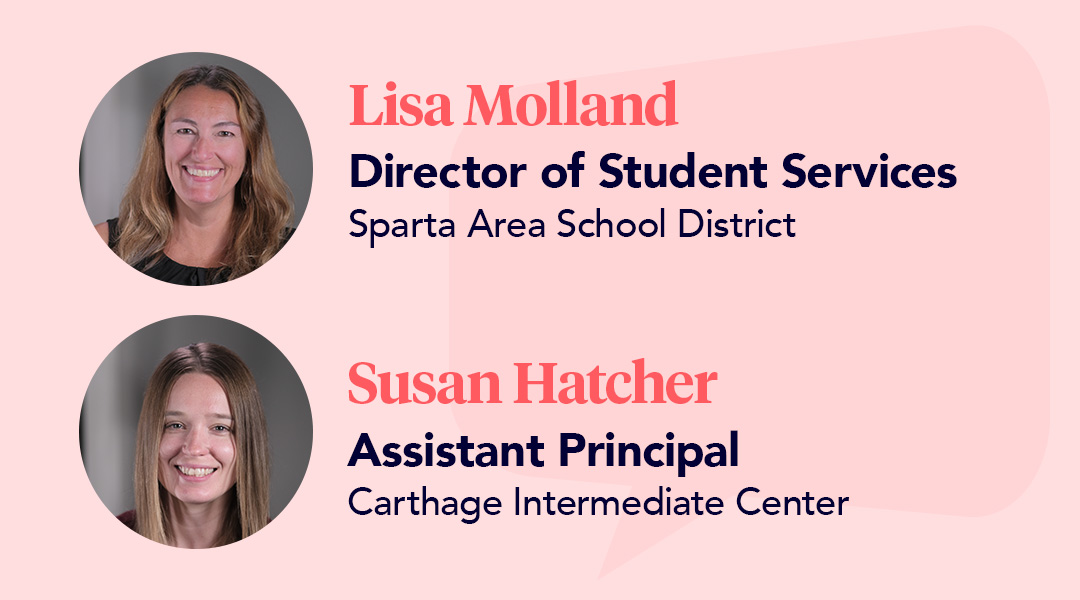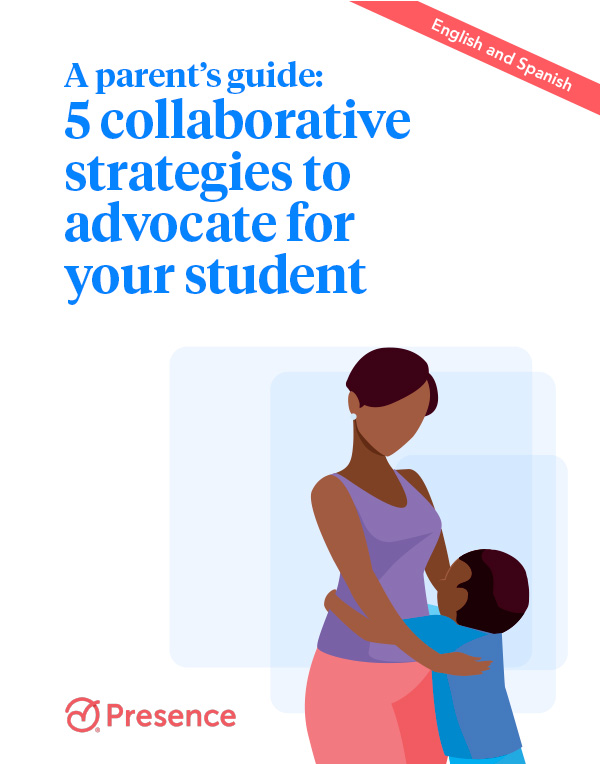 The teachers in Metropolitan School District (MSD) of Decatur Township were concerned about a select group of students with autism spectrum disorder (ASD). These students were struggling to be successful in the general education classrooms and needed specific programming and strategies to increase their skills and success. In 2010, Ben Moore, a special education teacher, Katie Krusula, an SLP, and Amy Gaffney, an autism specialist, put together a proposal for a specialized resource room designed to specifically target the needs of diploma track students on the spectrum. Dr. Barry Prizant refers to this style of resource room as a “Flexroom” in his article in Autism Spectrum Quarterly, Summer, 2013. MSD of Decatur Township determined that the goals for their new resource room would be:
The teachers in Metropolitan School District (MSD) of Decatur Township were concerned about a select group of students with autism spectrum disorder (ASD). These students were struggling to be successful in the general education classrooms and needed specific programming and strategies to increase their skills and success. In 2010, Ben Moore, a special education teacher, Katie Krusula, an SLP, and Amy Gaffney, an autism specialist, put together a proposal for a specialized resource room designed to specifically target the needs of diploma track students on the spectrum. Dr. Barry Prizant refers to this style of resource room as a “Flexroom” in his article in Autism Spectrum Quarterly, Summer, 2013. MSD of Decatur Township determined that the goals for their new resource room would be:
- For students to be successful learners in the environment that allows them to be the most successful.
- For students to learn their own unique strategies that will allow them to maintain a healthy social-emotional balance in their lives.
- To offer support to the families of students by building a bridge between school and home.
With full support from the special education director, Lil Youngblood, the “Structured Teaching Classrooms” were implemented in MSD of Decatur Township. The classroom was named the “Structured Teaching Classroom” to highlight the structured teaching practices that are utilized within this resource room. Due to the more structured daily schedule of the middle school and high school, the Structured Teaching Classroom concept was first piloted in these schools.
The design of this room includes a full-time special education teacher and a full-time instructional assistant to be available to support students throughout the day. In the first pilot year, no additional staff was added to the middle school or high school. A small group of students with autism, seven in each building, were identified as requiring a higher level of support. These students were all working toward getting a high school diploma. By redistributing the caseloads of the current special education teachers, one special education teacher was able to split his time between the middle school and high School, providing direct instruction to these students. A full-time instructional assistant was reassigned to the Structured Teaching Classroom in each building to provide support for students as needed. After the success of the students during the pilot year, an additional full-time special education teacher was hired, allowing for a full-time special education teacher at each school and to increase the number of students with autism who are supported through this model.

This specialized resource room serves multiple grade levels. Each student is assigned to a full general education class schedule. Students move between the resource classroom and their general education classrooms depending on their needs and level of success. Some students may be assigned a specific class period to be in the resource classroom each day. Some students may move in and out of the resource room at different times as their level of need varies. Some students need to be in the resource room most of their day to work through behavioral and emotional issues that may be preventing them from being successful in the general education classroom. General education teachers will send the day’s work to the resource room to be completed. The special education teacher will make arrangements with the general education teacher for students to meet with the general education teacher for additional instruction, lab opportunities, and so on. When the students are ready, they will transition back into general education classes. This resource room is the student’s “home base.” This is the safe place for a student to go and deal with frustrations and his or her emotions. The majority of behavioral issues are dealt with by the special education teacher and the student within the resource room, rarely requiring the administrator to get involved. This requires good communication and understanding between the administration and teachers to follow through with the student’s behavior plan.

All students receiving support through the Structured Teaching Classroom have a daily intervention class that focuses on teaching:
- Social thinking skills
- Executive functioning skills
- Emotional regulation strategies
- Problem-solving strategies
The students at the high school receive an elective credit for this class.
After the first year of implementing this resource model, students received more passing grades, increased the number of credits earned, and increased the amount of time that they were spending in general education with success. There was a noticeable increase in peer interactions among the students in the Structured Teaching Classroom. The number of student meltdowns and behavior referrals decreased. Parent feedback about the supports offered was very positive. The following year, a Structured Teaching Classroom was opened in an elementary school.








